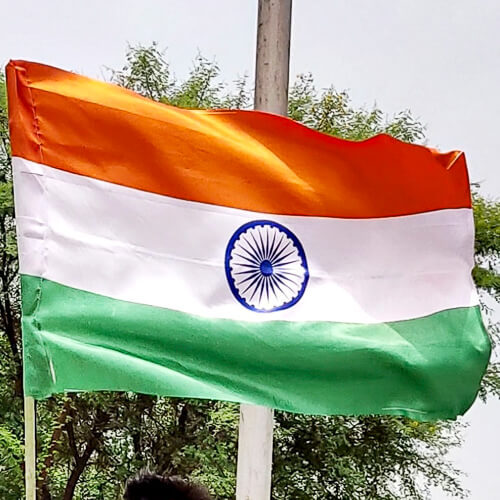India wants device makers to use home-grown navigation
In its push for self-reliance, the Indian government is asking device makers to produce NavIC, a home-grown Indian navigation system, compatible devices.

The Indian government is pushing device manufacturers, including Samsung, Xiaomi and Apple, to make smartphones compatible with its indigenously developed NavIC (Navigation with Indian Constellation) navigation systems, according to media reports.
The reports say that the government has given a deadline of January 1, 2023, to implement the required changes.
Figure 1:  The India navigation system is part of the Atma Nirbhar Bharat (self-reliant India) policy meant to drive indigenously developed products and services.
The India navigation system is part of the Atma Nirbhar Bharat (self-reliant India) policy meant to drive indigenously developed products and services.
(Source: Per Bengston/Alamy Stock Photo)
However, the Ministry of Electronics and Information Technology (MEITY) later issued a clarification that no timeline has been fixed. The device manufacturers have sought time till 2025 to produce devices compatible with NavIC.
Longer lead time
Producing NavIC-compatible handsets requires research, changing the design and possibly altering hardware. All of this will end up increasing the cost of the device.
Additionally, vendors have already planned product launches for at least the next two years, and it will be tough to make changes in their plans and supply chain now. Device makers are working with chipset vendors, Qualcomm and MediaTek, to produce NavIC-compliant devices.
Developed by the Indian Space Research Organization (ISRO), MapmyIndia and the Indian National Center for Ocean Information Services (INCOIS), the NavIC app has been operational for four years but its uptake is limited.
It is primarily used to alert fishermen to maritime boundaries. There have been several instances where the Sri Lankan and Pakistani navies have captured Indian fishermen as they inadvertently crossed their borders.
Russia, Japan and China are some of the other countries that have developed their own navigation systems to reduce reliance on the US's Global Positioning System (GPS).
Access to information
It is easy to see why the Indian government would want to promote the use of an indigenously developed navigation system.
Geopolitical pressures can lead to problems. For instance, the US declined India's request for GPS information to track Pakistani troops during the Kargil War in 1999.
Want to know more? Sign up to get our dedicated newsletters direct to your inbox.
The use of NavIC will reduce dependence on foreign navigation systems.
This is part of the Atma Nirbhar Bharat (Self-reliant India) policy push by the Indian government across various sectors to drive the usage of indigenously developed products and services.
Related posts:
— Gagandeep Kaur, contributing editor, special to Light Reading
About the Author(s)
You May Also Like




_International_Software_Products.jpeg?width=300&auto=webp&quality=80&disable=upscale)







